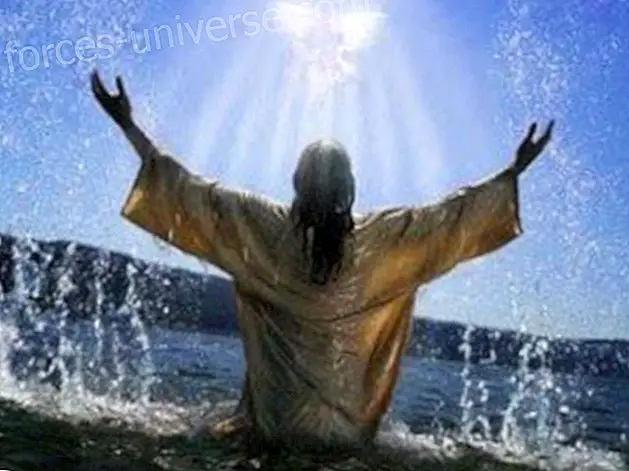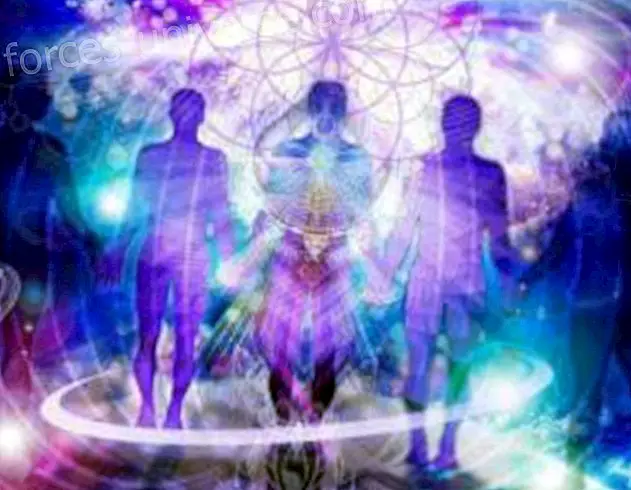
Positive News 30/9/10 In the Category Sustainable Development
(By Javier Gil and Adriana Perez Pesce) .- Fifteen years ago, the sociologist and psychoanalyst Dieter Duhm, the theologian and ambassador for peace Sabine Lichtenfels and the physicist and m Only Charly Rainer Ehrenpreis arrived at Monte do Cerro, in the Alentejo region of Portugal, one of the least populated areas in Europe. The purpose: to build a model for non-violent coexistence between people and nature. Currently, about 200 people, whose motto is think locally, act globally, live, work and study in Tamera.
The three pillars of the entity are based on the education of young people through the Monte Cerro program; the construction of a sustainable village model called Solar Village that produces its own food and solar energy and the creation of a global network called Grace that supports the development of concrete research and community models in areas in crisis to found examples of peace.
Since the work began in Tamera in 1995, more than 20 thousand trees were planted, houses and workshops were built, gardens were created and vegetables were cultivated using the principles of permaculture and experimental biotopes were established.
Dieter Duhm states: “The order patterns of society must be unified with the patterns of life and creation. Without harmony between the biosphere and the socio-sphere and between human beings and universal life, the healing of the Earth will not be possible. That is why it is necessary to build model villages and future communities where this harmony can be investigated and put into practice. You need people who are willing to live at the service of this cause. ”
Another foundation that supports the entity is that “the original communities were not only families but tribes. The community is the heart of all human life, including that of the family nucleus. The community is the most hurt organ in this All. If we want to implement a sustainable ecological humanism we must redevelop its foundations: a place where all human beings - children, men and women - feel the warmth of home. From this foundation, a stable peace and a new and authentic ethic will emerge ”. And he adds: “living in a community means living under a community base instead of a private one. Perhaps this is the most radical paradigm shift we can think about. ”
Below is the interview that Positive News held with Leila Dregger, a member of the Tamera Peace Journalism Forum:
Positive News: How does Tamera arise?
Leila Dregger: The project began in 1978, when Dieter Duhm, Charly Rainer Ehrenpreis and Sabine Lichtenfels met and decided to build an alternative and interdisciplinary university for peace. After the first experiences of ecological and educational research on a farm in Germany, they found that each group faced the hidden feelings of the human being, such as power struggles, jealousy and competition. Then, they decided to start a social experiment in which the human and social issues of the group worked. 50 people lived together for three years and everything that happened with them and among them was part of an investigation. After those years, the base of the study was ready to start a research project on international peace, to develop a model in which researchers from all over the world can contribute their knowledge to form a culture model in the future. And for this Portugal was chosen as the destination.
N +: How was Tamera when they arrived 15 years ago and what is the current situation?
LD: There were hardly any streams, some ruins of farmhouses and farms. There were sheep everywhere and nature was overexploited. Blackberries and jaguarzos covered the place. The cork oaks were in poor condition and were dying. Now the site is more and more like a landscape in tune with the available water resources. We have built a fourth lake and the construction of ten more is planned. The natural shape of the landscape supports the construction of spaces to retain water. With water, life comes back. More and more wild species appear. We are planting trees and forests in mixed crops.
N +: How are you organized? What is Tamera like?
LD: Around 200 coworkers and students live most of the time in Tamera. There are houses, cabins, shops, rooms for groups, caravans, many experimental styles in this pioneering phase. We are still preparing the construction of the true town, where we will have a future architecture of community houses.
Tamera is a place with an area of 134 hectares and surrounded by hills. It is located in the south of the Portuguese Alentejo region, a very dry place in summer and humid in winter. One of our tasks and objectives is to show how to make this landscape fertile again, through the permaculture irrigation approaches, which are based on rainwater and thanks to which we grow vegetables and fruits on the banks. Many of us still live in a very simple way in caravans. The houses are made of natural materials such as wood, straw and mud, materials that can be found in the area. In addition, we have a test field to build the Solar Village in which we develop decentralized and futuristic solar energy devices. Most people live and want to live together in communities where we share our thoughts, our life and our love. We experiment with a type of architecture that is based on this union and also on the union and connection with nature. One of our architects invented the “architecture of multiplied areas”, which is based on this approach.
N +: What kind of education do children in the community receive?
LD: We have a children's center where children of workers and students learn and study. The younger generations form a kind of community in which the older ones take care of the younger ones. They are served by a team of adults and their main task is to protect their universal cosmic beings and their knowledge. Children do not go to school in the area but we have a home education system. Our cooperation with schools in Portugal and Switzerland makes it possible for those who want to continue their higher education later.
N +: What kind of courses are taught in Tamera?
LD: There are several introductory courses throughout the year, a Summer University and in May of each year, a three-month period in peace education begins. It is an international formation for peace, attended by participants from all over the world. It is also the best way to know if one wants to live and work in Tamera.
N +: How is ecotourism organized?
LD: Four times a year we offer an open day, which shows ecological and technological solutions and alternatives to interested people. There are always more than 100 people from all over Portugal and also tourists from other countries. Every year, Sabine Lichtenfels invites many people to a peace pilgrimage called In the name of Grace. There have been pilgrimages in crisis zones, such as Palestine and Colombia and last year it was developed in Portugal. Everyone is invited to participate. It is an experience for and for the community and a peace action at the same time.
N +: Are you open to the incorporation of new people?
LD: Yes. Tamera in particular is looking for people who are knowledgeable about solar, construction, architecture and information technology.
CONTACT INFORMATION:
www.tamera.org
(The Web is in Portuguese, English and German)
Photography: Courtesy of Tamera






